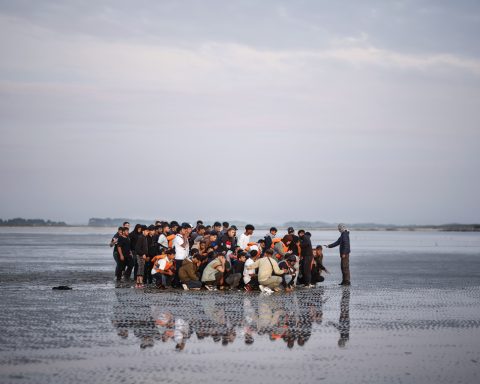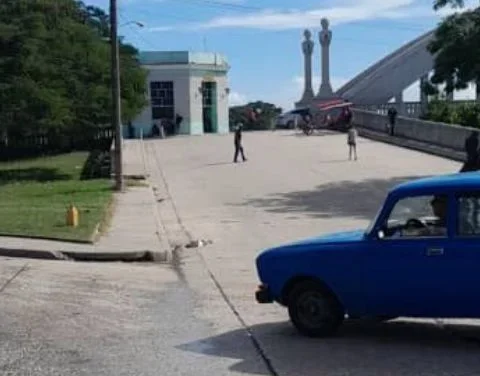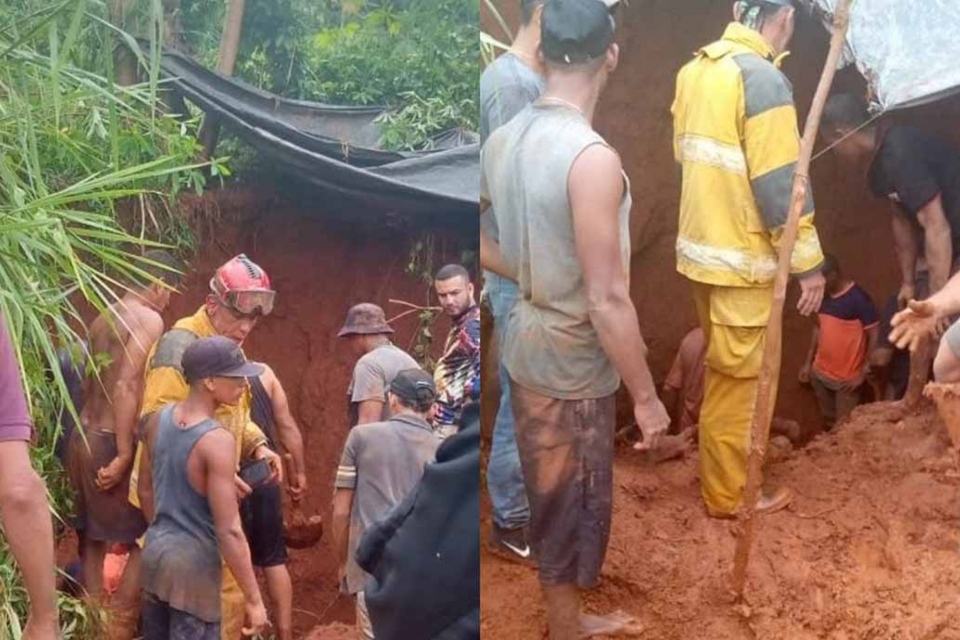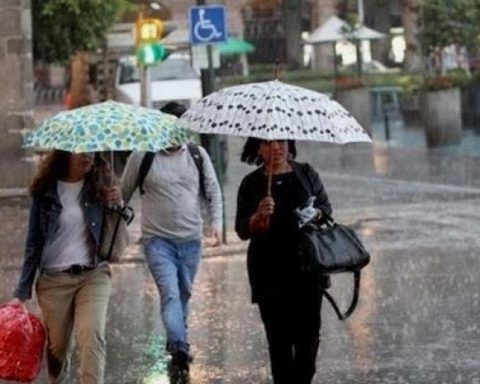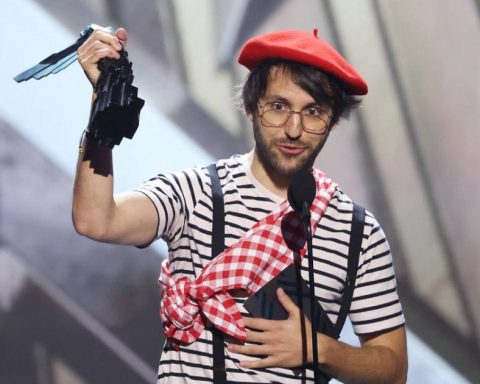MIAMI, United States. – The story of Cleva Solís, Cuban poet and painter, reflects the fate of many artists on the Island: although she belonged to the Grupo Signos led by Samuel Feijóo and the well-known generation of Orígenes, Solís has been ignored for decades in Cuban culture.
According to art historian Erick González León“his work has been the object of practically complete ignorance” despite the authenticity, reflective depth and beauty of his work.
Born in Cienfuegos, in 1918, Solís studied Philosophy and Letters at the University of Havana and Advertising at the José Martí Masonic University, in addition to acquiring knowledge of Library Science. Her literary legacy developed fundamentally in the Origenist orbit and left an impact on her four books of poetry: Vigil (1956), the magical distances (1961), No one waits for time (1961) and the wise days (1984).
As Fina García Marruz, who was her colleague and close friend, refers to, Solís was “the other poet of Orígenes”.
But poetry was not the only art that Solís dominated. Her skill as a painter led her to work closely with Grupo Signos, directed by Samuel Feijóo. However, recognition of her talents and appreciation of her work have been woefully lacking. Her legacy has been minimized, underestimating her production and assuming that her work was not important within the broad panorama of national culture.
Solís’s invisibility was due in part to his modesty, described by his close friends as “excessive.” But, in reality, the silencing of his voice was forced by the Cuban cultural authorities after he participated in a collection in favor of dissidents and prisoners of conscience around 1970. This humanitarian act resulted in finger pointing, threats and intimidation, and eventually, in his condemnation to anonymity and social death.
Despite being forgotten and marginalized, Solís left a legacy in Cuban poetry and painting, full of “a special sensitivity and wisdom expressed with simple forms,” according to González León.
According to Aleisa Ribalta GuzmánSolís’s verses are those of “a tireless artist, a restless woman who questions and writes while she discovers her mysteries.”
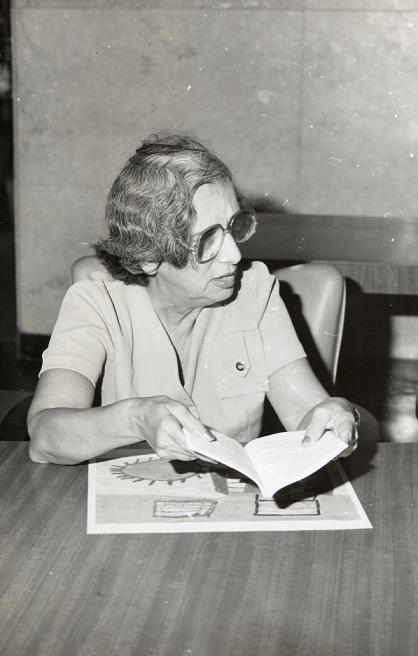
Fina García Marruz and Cintio Vitier rescued her complete poetry in poetic work (1999), where they included unpublished and out-of-collection poems. In the prologue, Fina García Marruz wrote: “Cleva Solís, the great unknown, had to suffer a double oblivion, that of being a woman and that of being an extraordinary poet, modest to the point of silence.”
However, Solís’s legacy has been rediscovered in recent years, thanks to the work of scholars and admirers of his work. Although there has been a renaissance in appreciation of his work, much remains to be done to ensure that his contribution to Cuban poetry and painting is fully recognized.
In 2021, an exhibition titled “Cleva Solís: Painter and Poet” opened at Galería La Acacia, in Havana, presenting a selection of her paintings and poems. The show was a crucial step in bringing her talent to light and demonstrating that the artist deserves to be remembered and celebrated. As Erick González León points out, her work is “a heritage that is worth recovering, studying and disseminating.”




